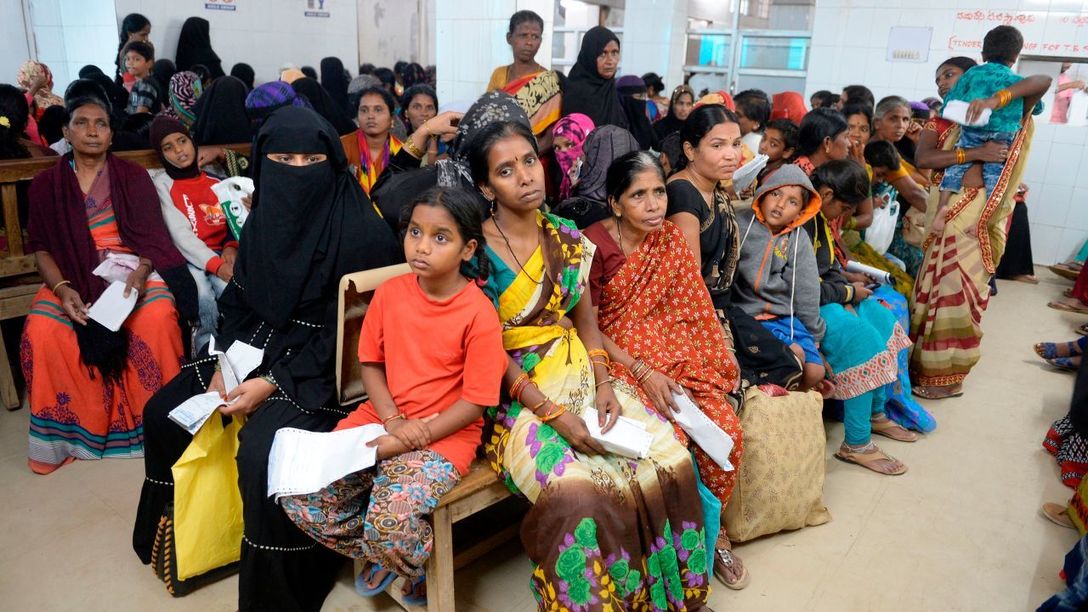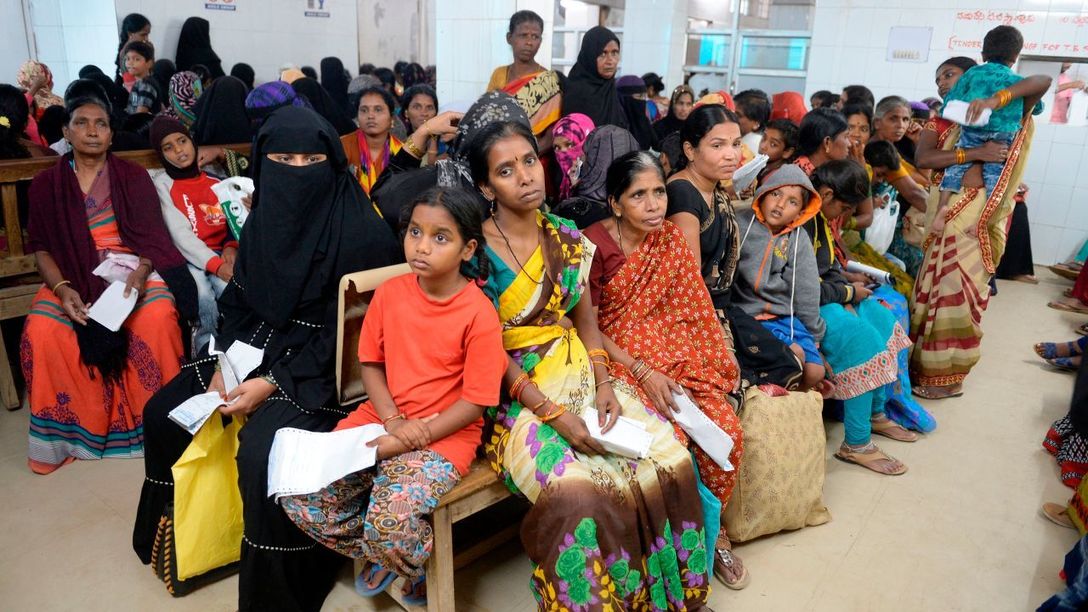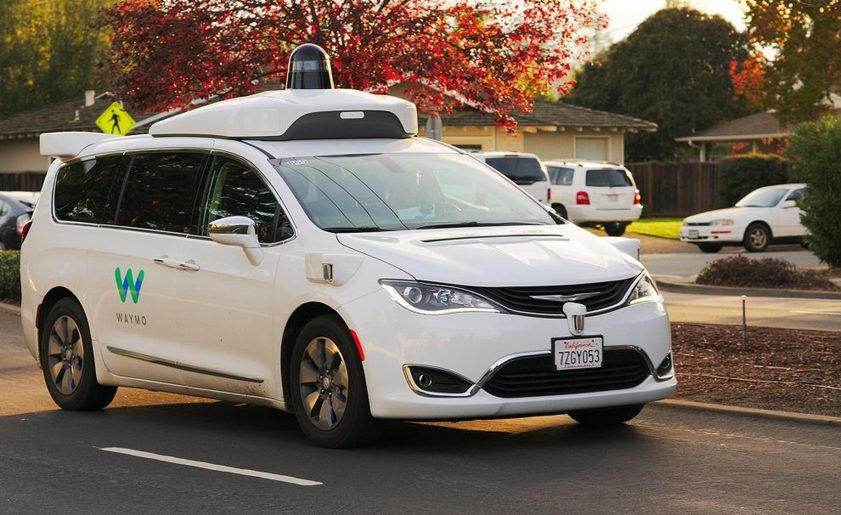5,200 Tobacco Shops in France Now Sell Bitcoin
French fintech startup Keplerk announced Thursday that it has resumed service selling BTC at “Tabacs” in and around Paris, after halting the service earlier this year. A Tabac is a convenience store licensed to sell tobacco products. These stores also sell newspapers, lotto tickets, scratch games, telephone cards and postage stamps. Keplerk wrote:You can go to one of the 5,200 tobacco shops today and easily buy your €50 €100 or €250 vouchers.All 5,200 stores are equipped with a payment terminal from Keplerk’s partner, Bimedia, a payment solution provider for Tabacs. According to local media, Keplerk will focus on selling only BTC for the time being, and will not be offering ETH as previously planned.Keplerk first announced in November last year that it would sell bitcoin at Tabacs. The firm then started selling BTC vouchers at a handful of tobacco stores in January. At the time, cofounder Adil Zakhar said he wanted to enroll up to 6,500 Tabacs by February. However, instead, the firm halted the service on Feb. 27. Its official reason for suspending the service was that the system was too slow. The startup planned to relaunch the service in April, but it was delayed until this month.With dwindling tobacco sales, France’s 24,000 licensed tobacco shops have diversified into products such as prepaid credit cards, cellphone credits and money transfer services, Reuters explained. “Some people find it complicated to get bitcoins on-line,” Zakhar was quoted by the news outlet as saying. “They trust their local tobacco shop owner more than they would trust some remote anonymous website.”Following the firm’s original announcement, three French regulators — The Autorité des marchés financiers (AMF), the Banque de France and the Prudential Supervision and Resolution Authority (ACPR) — issued statements warning the public of the risks associated with investing in speculative digital assets. Local media reported that the authorities also alerted consumers not to confuse Keplerk with other regulated entities in France such as Kepler Cheuvreux and Kepler Capital Markets which have no connection to the fintech company selling BTC.In its March public warning, the AMF explained: “Cryptocurrencies are booming and many platforms on the internet offer to invest in these very special assets. But this type of investment has many risks: volatility, scams, etc. All you need to know before you decide.”Keplerk is not the only firm in France offering such a service. Digycode has been selling BTC, ETH, XRP, LTC, and DASH vouchers at thousands of Tabacs and service stations in €20, €50, and €200 denominations.










